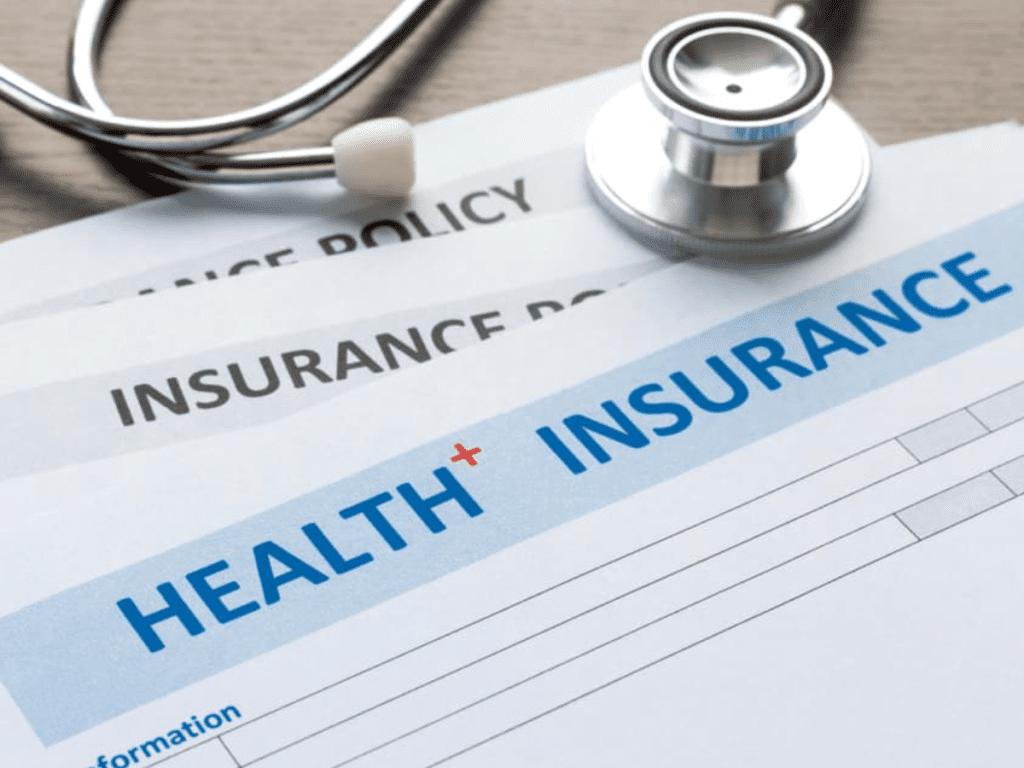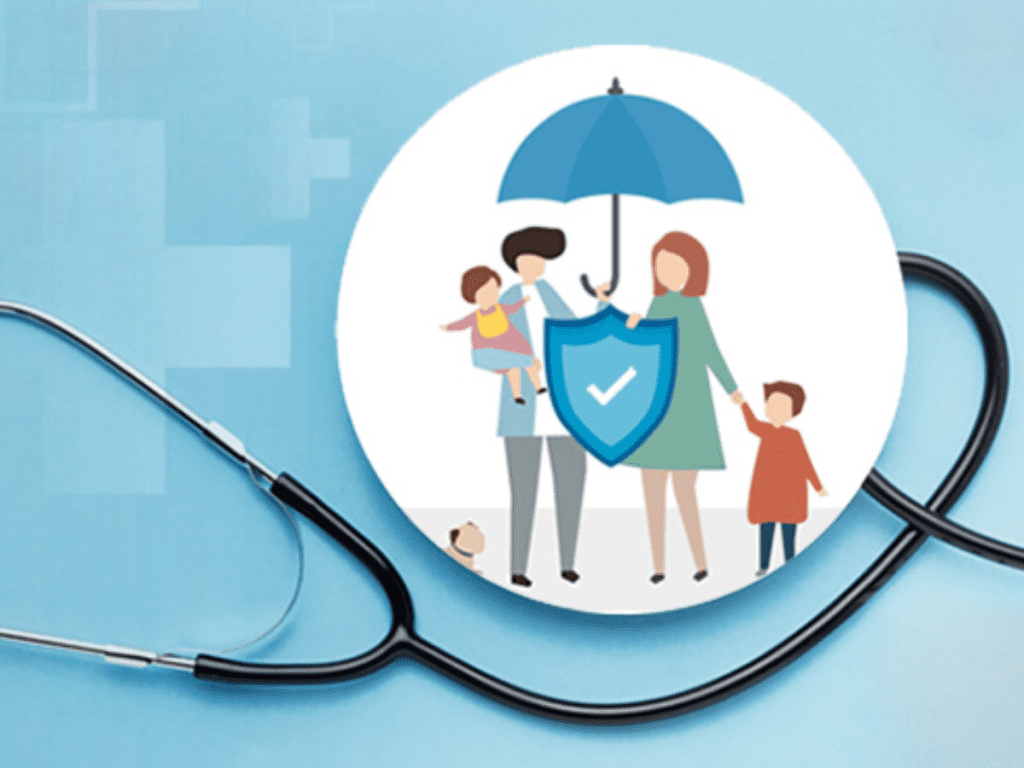Introduction
Losing a job can be a life-altering event, and one of the most immediate concerns for many people is the sudden loss of employer-sponsored health insurance. Health coverage is essential not only for unexpected medical emergencies but also for ongoing treatments and preventive care. Without it, the cost of healthcare can become overwhelming. Fortunately, there are multiple affordable alternatives available that can help bridge the gap between jobs. Understanding your options can empower you to make informed decisions during a stressful time.
Understanding the Impact of Losing Employer-Sponsored Health Insurance
When you lose a job, your employer-sponsored health insurance typically ends either on your last day of employment or at the end of the month in which you worked your last day. This sudden loss can leave you and your family vulnerable. If you were relying on your insurance for regular treatments, medications, or planned surgeries, the impact can be even more significant.
In addition to the financial burden, there is often emotional stress associated with losing coverage. Worrying about getting sick or managing chronic health conditions without insurance can lead to anxiety and depression. However, the good news is that various safety nets and programs exist to ensure that no one goes without healthcare, even temporarily.
Option 1: COBRA Continuation Coverage
One of the first options many people consider is COBRA, which stands for the Consolidated Omnibus Budget Reconciliation Act. This federal law allows you to continue your employer-sponsored health insurance plan after leaving your job, typically for up to 18 months.
While COBRA allows you to keep the same coverage, it comes with a significant downside: you are now responsible for the full premium, including the portion your employer used to pay. This can be quite expensive. For example, if your total premium was $600 per month and your employer paid $400 of it, you would now be responsible for the entire $600, plus an additional 2% administrative fee.
Despite the cost, COBRA may be worth considering if you have ongoing healthcare needs or if you want to maintain access to your current providers while you explore other options.
Option 2: Marketplace Health Insurance Plans
The Health Insurance Marketplace, established by the Affordable Care Act (ACA), offers a range of private insurance plans that you can purchase directly. Losing job-based coverage qualifies you for a Special Enrollment Period, allowing you to apply for coverage outside the usual open enrollment window.
Marketplace plans come in several tiers—Bronze, Silver, Gold, and Platinum—each with varying premiums and coverage levels. More importantly, if your income has been significantly reduced because of job loss, you may qualify for subsidies that can drastically reduce your monthly premium and out-of-pocket costs.
For many people, especially those without major ongoing medical needs, Marketplace plans can offer a good balance of affordability and coverage. Additionally, all ACA-compliant plans cover essential benefits, including prescription drugs, maternity care, mental health services, and preventive care.
Option 3: Medicaid
Medicaid is a state and federally funded program that provides health insurance to low-income individuals and families. If you’ve lost your job and your income has dropped below a certain threshold, you may qualify for Medicaid coverage.
Eligibility requirements vary by state, and some states have expanded Medicaid under the ACA to cover more people. Medicaid typically offers comprehensive coverage with little to no premiums or copayments, making it an excellent option for those who qualify.
One of the benefits of Medicaid is that you can apply at any time of year. There’s no open enrollment period, so as soon as you lose your income, you can apply and potentially receive immediate coverage.
Option 4: Short-Term Health Insurance Plans
Short-term health insurance plans are designed to provide temporary coverage during transitions, such as between jobs. These plans are typically more affordable than traditional insurance, but they also offer less comprehensive coverage.
Short-term plans often exclude pre-existing conditions, preventive care, and prescription drugs. They’re best used as a stopgap measure rather than a long-term solution. If you’re healthy and need coverage just to protect against emergencies while you line up new insurance, a short-term plan might be a reasonable option.
However, it’s essential to read the fine print. Coverage limits and exclusions can be significant, and some plans may not meet your state’s minimum insurance standards.
Option 5: Spouse or Domestic Partner’s Insurance Plan
If your spouse or domestic partner has employer-sponsored insurance, you may be able to join their plan. Losing your own job is considered a qualifying life event, which triggers a special enrollment period in most employer plans.
This can be a seamless way to maintain comprehensive coverage, especially if the employer offers family plans. However, premiums and out-of-pocket costs vary depending on the employer’s contribution, so it’s wise to compare this option with others like Marketplace plans or Medicaid.
Option 6: Health Care Sharing Ministries
Health care sharing ministries are organizations in which members share medical expenses based on mutual religious or ethical beliefs. These programs are not insurance in the traditional sense and are not regulated the same way as ACA-compliant plans.
While premiums (often called “shares”) tend to be lower, coverage can be unpredictable, and many services, such as mental health or reproductive care, may be excluded. If you’re considering this route, be aware that there’s no guarantee of payment, and providers may require upfront payment from you.
Option 7: Catastrophic Health Insurance
Catastrophic health insurance is another low-cost option for those under 30 or those who qualify for a hardship exemption. These plans have low monthly premiums and very high deductibles.
They’re intended to protect you from worst-case scenarios, such as serious injuries or illnesses. Routine care and prescriptions may not be covered until you meet the high deductible, so this option is best suited for individuals who are generally healthy and do not anticipate frequent medical visits.
Option 8: Local and Community Health Programs
In many areas, local health departments and nonprofit organizations offer low-cost or free healthcare services. These may include clinics that provide general care, dental services, mental health counseling, and prescriptions.
Community health centers often operate on a sliding fee scale based on your income. While these services may not replace full insurance, they can help you manage essential healthcare needs while you work on securing more comprehensive coverage.
Tips for Choosing the Right Option for You
Selecting the right insurance alternative depends on several factors, including your income, health needs, family size, and how long you expect to be without job-based insurance. Here are a few tips to guide your decision:
- Assess Your Health Needs: If you have ongoing medical conditions or prescription requirements, opt for a plan that offers more comprehensive coverage.
- Check Provider Networks: Make sure your current doctors, hospitals, and pharmacies are covered by the new plan.
- Compare Total Costs: Look beyond premiums. Consider deductibles, copayments, coinsurance, and out-of-pocket maximums.
- Review Eligibility Requirements: Programs like Medicaid or catastrophic insurance have strict eligibility rules. Double-check before applying.
- Take Action Quickly: Some options have limited enrollment windows. Don’t delay exploring your choices.
What to Avoid When You’re Uninsured
When you’re in between insurance coverage, there are a few pitfalls you should avoid to protect your health and finances:
- Skipping Preventive Care: Regular checkups can catch health issues early. Try to use community clinics or out-of-pocket options if necessary.
- Ignoring Medical Bills: If you do receive care, don’t ignore the bills. Many providers are willing to negotiate payment plans or offer discounts for uninsured patients.
- Failing to Report Income Changes: If you apply for Medicaid or Marketplace coverage, report any changes in income promptly. This ensures you receive the right subsidies and don’t owe money later.
How to Stay Prepared for the Future
Losing your job and health insurance can be a wake-up call to build a more resilient plan for the future. Here are a few ways to prepare:
- Start an Emergency Fund: Aim to save at least 3–6 months’ worth of living expenses, including health insurance premiums.
- Consider a Health Savings Account (HSA): If you have a high-deductible plan in the future, an HSA lets you save pre-tax money for medical expenses.
- Understand Your Rights: Learn about your rights under federal and state laws, including COBRA and ACA provisions.
- Update Your Resume and Network: The faster you secure a new job, the quicker you regain access to employer-sponsored benefits.
Conclusion: Affordable Coverage Is Within Reach
The loss of a job is undoubtedly a stressful experience, and the added burden of losing health insurance can feel overwhelming. But you don’t have to face it without support. From COBRA and Marketplace plans to Medicaid and short-term insurance, there are multiple avenues available to ensure you and your family stay protected.
The key is to act quickly, assess your needs honestly, and explore all the options available in your area. With the right approach, you can bridge the gap without compromising your health or financial stability.

